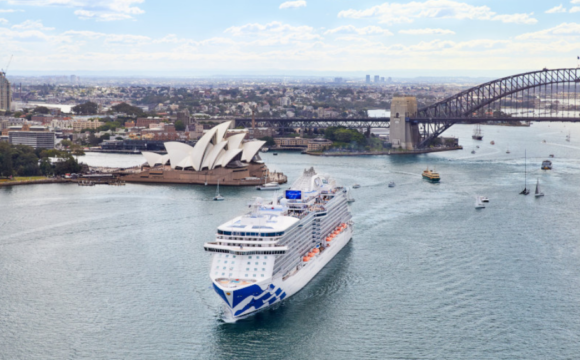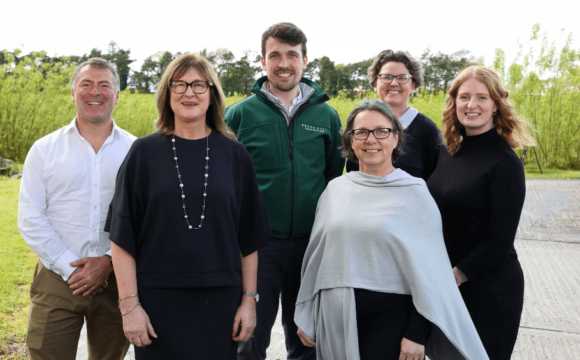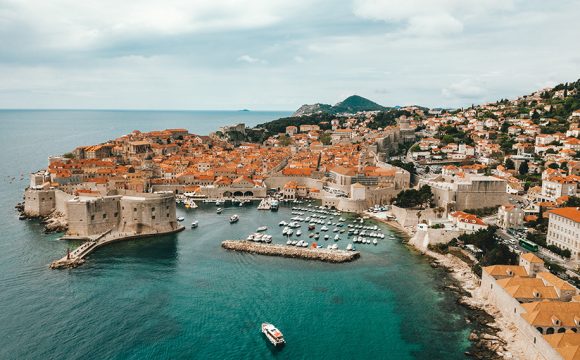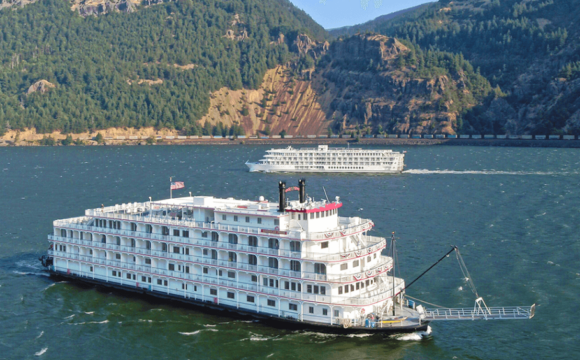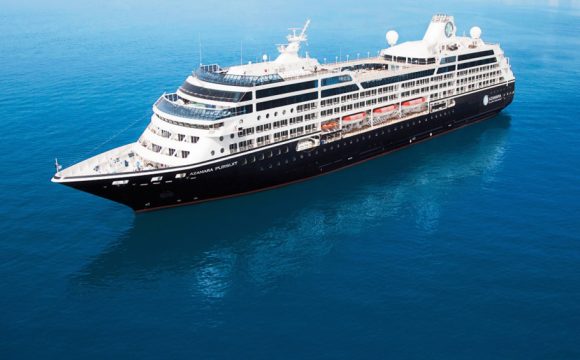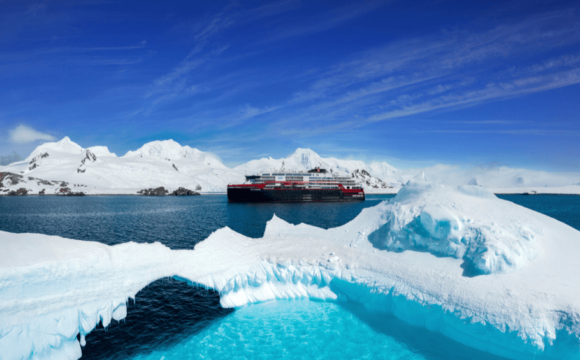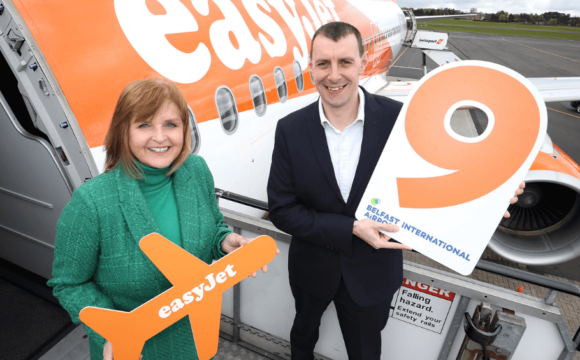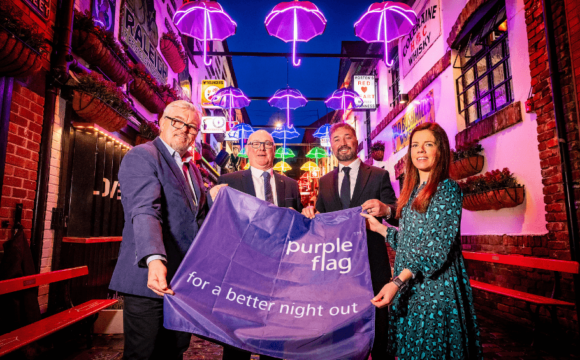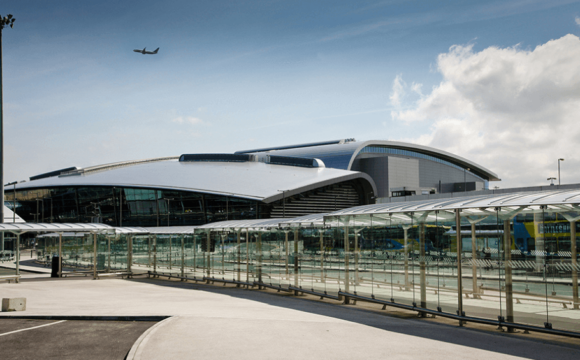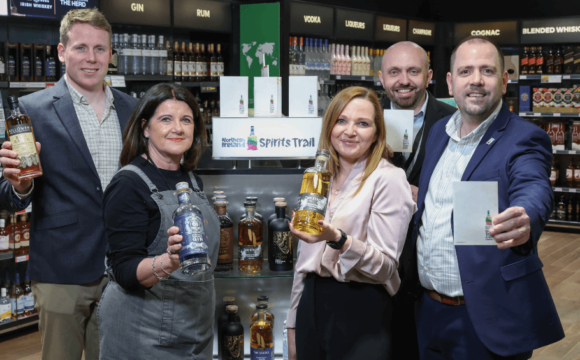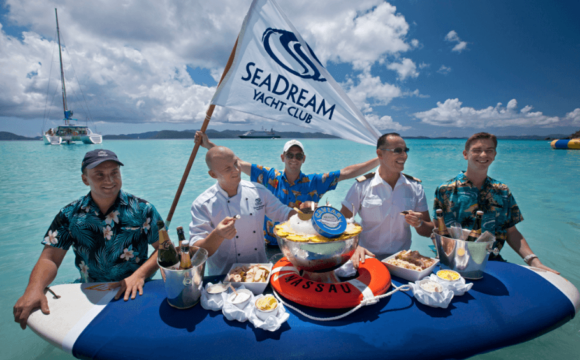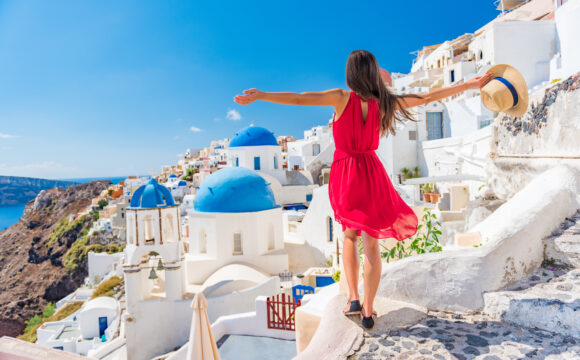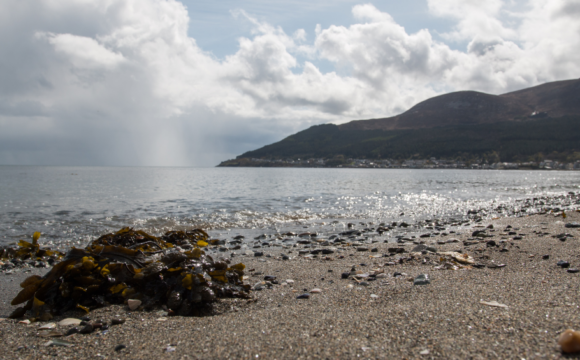With bookings for camping slots across the EU and U.S. increasing by 500% and the demand for RVs rising, Lithuania offers its visitors an opportunity to immerse themselves in its unspoiled nature by visiting the country’s seaside campgrounds. The Curonian Spit and the towns of Karklė and Kintai remain largely undiscovered spots for camping, containing several country’s natural monuments such as Parnidis Dune, the Village of Minija—deemed as the Venice of Lithuania—and the Dutchman’s Cap.
- The Curonian Spit. The Curonian Spit is home to massive travelling sand dunes and five former fishing villages, now quirky vacation towns—Smiltynė, Juodkrantė, Nida, Pervalka, and Preila. The UNESCO-listed Curonian Spit National Park—which encompasses the entire territory—is one of the most spectacular natural and cultural heritage sites in the Baltic region marked by an ethnographic fishermen legacy, distinct flora and fauna, and colossal quartz sand dunes.The trip to the Curonian Spit begins with a ferry from Klaipėda—the Lithuanian sea port—and leads to Smiltynė. Driving south, the visitors are greeted by the seaside resort of Juodkrantė, its generous stretch of sandy beaches, and unusual tourist attractions, such as the Hill of Witches—an outdoor sculpture gallery showcasing wooden witches, devils, and other characters of Lithuanian folklore. Also, Juodkrantė Dendrology Trail is a great way to learn about the unique natural world of the Curonian Spit.
- Nida. A resort town andthe hidden gem of the Baltic coast—is situated at the very southern tip of the Lithuanian Curonian Spit territory. Here, one of the highest dunes in Europe—Parnidis—is the only place in Lithuania where visitors can witness the sun both rise and set into the water. This natural monument is just a short walk away from the campground Nidos Kempingas which features camping slots for tents, and RVs as well as an easy access to the seaside.Karklė. Karklė is Lithuania’s only fishing village situated on the Baltic Sea, in the Seaside Regional Park. The area is known for its health trails, such as the Litorina Cognitive Trail, bike paths that meander through grassy seaside meadows, and Dutchman’s Cap—a 24.4-meter bluff and a former navigational guide for fishermen and sailors. Karklė’s roaring waves and fresh pine-scented air attract everyone longing for a stress-free getaway. In fact, the beaches of Karklė is where the Baltic Sea gives up the most amber or “Lithuanian gold” which visitors can learn about at the Amber Museum situated at the 19th-century Neoclassical Tiškevičiai Palace in Palanga—Lithuania’s largest beach resort.
- There are at least seven active campgrounds in Karklė. Aside from the standard services, campsites like Karklebeck 409 offer a wide selection of more stimulating activities as well as educational and natural healing sessions. Here, the guests can partake in therapeutic pebble collecting trips, meditative herb gathering workshops, and more.
- Kintai. This area can be called the centre of gravity for coastal culture as it is surrounded by several historical fishing villages, thus making Kintai famous for its fishing traditions. For centuries, the locals have been competing with the fishermen of the neighboring Rusnė—the biggest inhabited island in Lithuania surrounded by bogs and swamps. Just a short ride away is Dreverna—a village surrounded by water, where the historical Pagan traditions coexist with modern lifestyle. Here, the visitors can learn about the rich boat-making and fishing traditions as well as enjoy some traditional Lithuanian smoked fish.
- A short ride away from Kintai, on the Minija River, the village of Minija calls itself the Venice of Lithuania. As it is divided by the river, the locals living on either side have to take a boat to visit each other. Ventė Cape, located nearby, is an essential part of one of the main bird migration routes and home to one of Europe’s first ornithological stations. The station’s ornithologists not only tell interesting stories to visitors, but also give them the possibility of ringing birds themselves.
Situated on the shore of the Curonian Lagoon, the campground Kintų Pakrantė offers campers access to rental fishing boats, a sauna, and a hot tub. Yet numerous paddleboard and kiteboard rental shops in Kintai allow visitors to explore the Curonian Lagoon in a more dynamic and stimulating way.
More information about stress-free camping opportunities on the Lithuanian seaside is available on: www.Lithuania.travel


